Achilles Tendon Injury: Symptoms, Diagnosis & Treatment
What is the Achilles tendon?
The Achilles tendon is a tough band of tissue that connects the calf muscles to the heel bone. Thus, it enables plantar flexion, which lifts the heel off the ground. This necessary movement is important for walking, running, and jumping.
Tendinitis and even full rupture of the tendon are common injuries that occur because of overuse or unexpected strain. That is why, injuries like these are highly avoidable with proper treatment, which includes stretching, strengthening exercises, and moderate training development. However, individuals who participate in physical activities must understand the significance of preserving the Achilles tendon’s health.
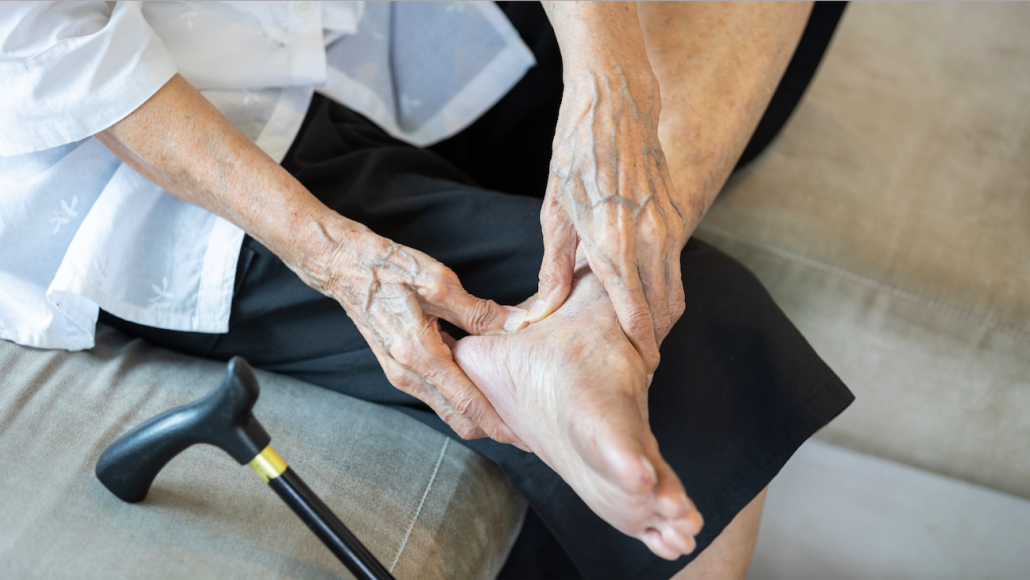
What is an Achilles tendon injury?
Damage or trauma to the thick band of tissue that links the calf muscles to the heel bone is referred to as an Achilles tendon injury. Overuse, unexpected strain, or repeated tension on the tendon can all cause these ailments.
Injuries to the Achilles tendon can vary from inflammation (tendinitis) to partial rips or ruptures. As a result, they frequently cause discomfort, edema, and decreased movement.
To avoid such injuries, careful warm-up, steady exercise development, and adequate maintenance are essential. Although, depending on the severity, treatment options may include rest, physical therapy, or, in extreme situations, surgical intervention.
Injury Types
There are two main types of Achilles tendon injuries:
- Acute tears: These tears occur suddenly, often due to a sudden increase in force or a stretching injury.
- Chronic tendinopathy: This is a condition in which the tendon becomes inflamed and weakened over time. It is often caused by overuse or repetitive stress.
Symptoms
The symptoms of an Achilles tendon injury can vary depending on the severity of the injury. However, some common symptoms include:
- Sudden pain in the back of the heel
- Swelling and bruising
- Tenderness
- Weakness or difficulty walking
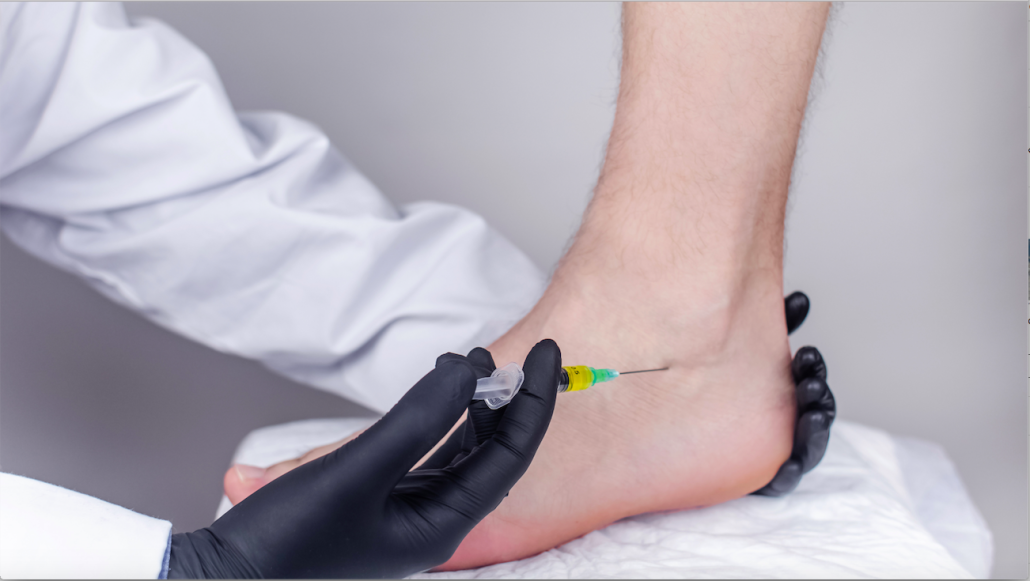
Diagnosis & Treatment Of Achilles Tendon Injury
The diagnosis of an Achilles tendon injury is usually made based on the patient’s history and physical examination. The doctor may also order an ultrasound or MRI to confirm the diagnosis.
The treatment for an Achilles tendon injury depends on the severity of the injury.
- Acute tears: These tears usually require surgery to repair the tendon. After surgery, the patient will need to wear a cast or brace for several weeks.
- Chronic tendinopathy: This condition is usually treated with non-surgical methods, such as rest, ice, compression, and elevation (RICE). In some cases, physical therapy or injections may be necessary.
Prevention Measures
There are a number of things that you can do to help prevent Achilles tendon injuries, including:
- Warming up before exercise: Warming up helps to prepare the muscles and tendons for activity.
- Stretching after exercise: Stretching helps to prevent stiffness and improve flexibility.
- Wear proper footwear: Wearing proper footwear can help to reduce the risk of injury.
- Avoid sudden increases in activity: Sudden increases in activity can put stress on the tendons and increase the risk of injury.
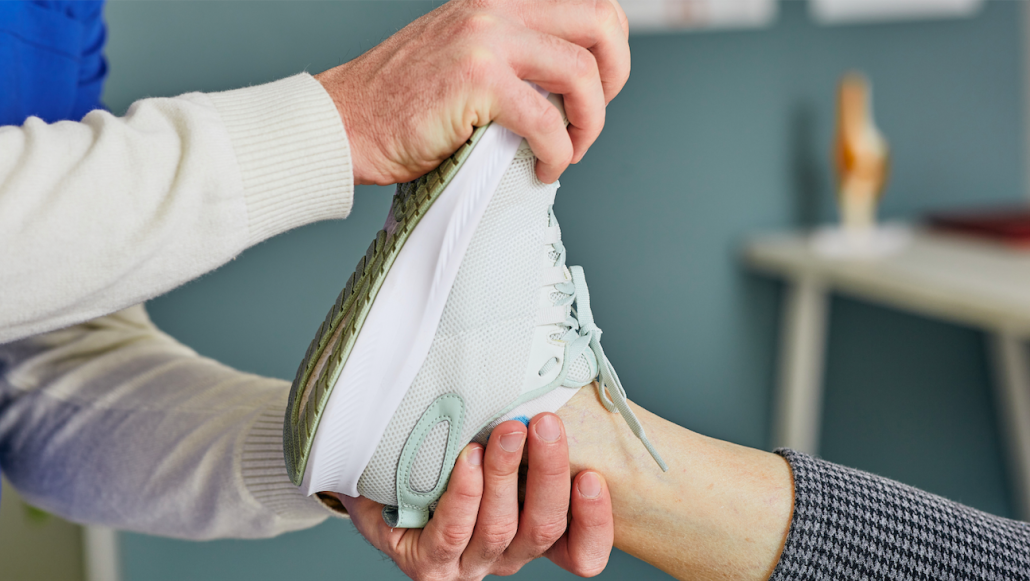
Recovery Period
The length of time it takes to heal from an Achilles tendon damage depends on the amount and severity of the injury. In milder situations, such as Achilles tendinitis or minor strains, a mix of rest, ice, compression, and physical therapy exercises may be used to recuperate. Individuals may normally expect to recover entirely within a few weeks to a couple of months with adequate treatment and commitment to an organised rehabilitation programme.
More serious injuries, such as partial rips or ruptures, may need a lengthier healing period. In some circumstances, treatment may involve immobilization in a cast or walking boot, followed by a gradual transition to weight-bearing activities. Physical therapy is critical in restoring strength, flexibility, and function to the body.
It’s vital to remember that each person’s recovery timetable will differ depending on aspects including age, overall health, adherence to treatment regimens, and unique healing rates. To optimise the recovery process and reduce the danger of reinjury, it is important to follow the advice and suggestions of healthcare specialists.
Thus, to conclude,
Achilles tendon injuries are a common injury in athletes. However, with proper treatment, most people can make a full recovery. If you think you may have an Achilles tendon injury, it is important to see a doctor to get a diagnosis and discuss treatment options. And don’t forget to follow these rules:
- Listen to your body: If you feel pain, stop what you are doing and rest.
- Gradually increase your activity level: Don’t try to do too much too soon.
- Strengthen your calf muscles: Strong calf muscles help to protect the Achilles tendon.
- Maintain a healthy weight: Carrying excess weight puts extra stress on the Achilles tendon.
By following these tips, you can help to reduce your risk of an Achilles tendon injury.




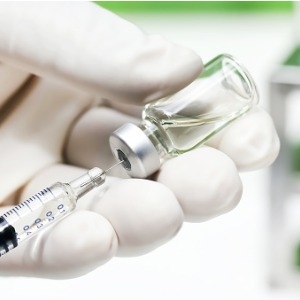

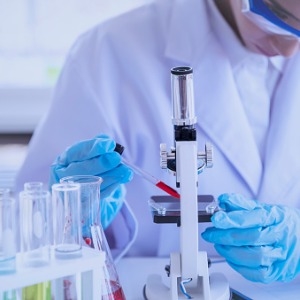
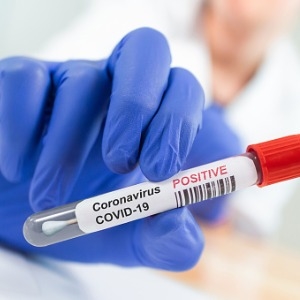








Leave a Reply
Want to join the discussion?Feel free to contribute!